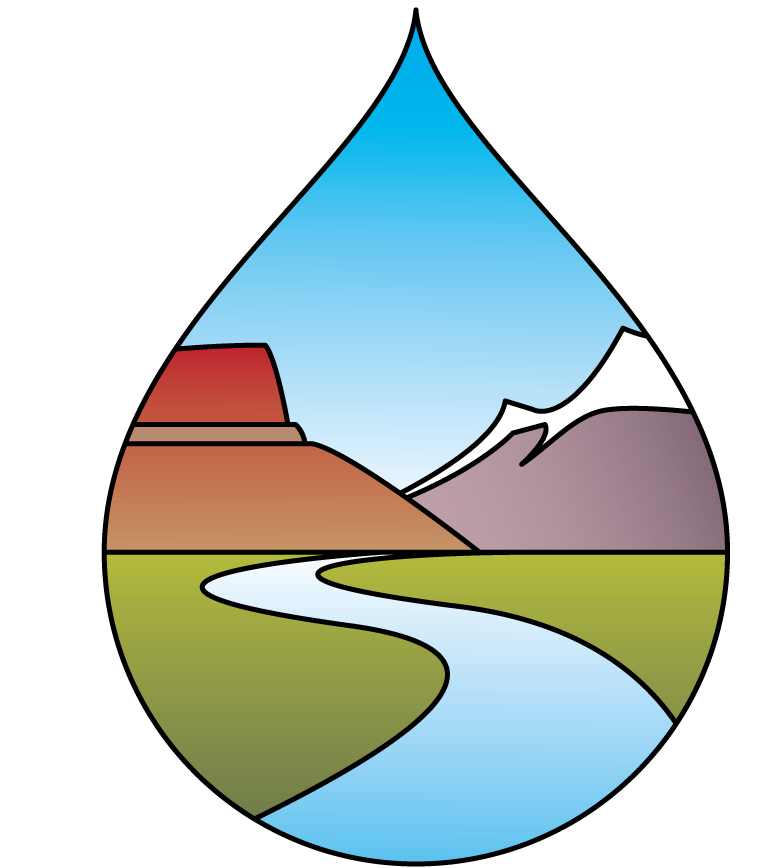Download (coming soon)
This report: (1) summarizes the availability of data for aggregated or summary water use data in the Colorado River Basin States that is available through WaDE; (2) identifies gaps within the currently available water data and improvements that could be made to fill in data gaps; and (3) presents comparisons and insights related to data availability, time steps and the range of covered years, reported parameters, and methods used to estimate water use by the Colorado River Basin States. This report includes state data that is available in machine-readable formats. At present, WaDE does not include federal or other data sets related to water use and demand.
The aggregate data represent water use estimates at a boundary such as HUC, river basin, or county. The Seven Colorado River Basin States have a mix of annual water availability estimates for one or many of these components: withdrawal, delivered, and consumptive use. Each state has its own methods of estimating water use or modeling water budgets and may not make all of them publicly available. Each state shares its water use data in different formats.
In the West, irrigated agriculture’s predominant use is measured both by diversions and consumptive use. Consumptive use estimates for agriculture and other outdoor irrigation remain sparse, which is a large gap in total water use. Further adoption of state-of-the-art remote sensing methods for estimating consumptive use in irrigated agriculture should be encouraged.
WaDE provides streamlined access to different aggregate water use data sets for Arizona, California, Nevada, New Mexico, Utah, and Wyoming. Colorado has no publicly available aggregate water use data in machine-readable formats. Once available in machine-readable forms, WaDE and WestDAAT may facilitate improved projections, planning and management of water use in both the Upper and Lower Basins.
WaDE, and its data dictionary, offer a standardized and scalable method for sharing aggregate water use time series data. WestDAAT’s water rights data provides the water source type and digitized places of use, and could be used to relate use to specific fields. USGS has also recommended the use of the WaDE schema for sharing water use data with the agency.

0 Comments